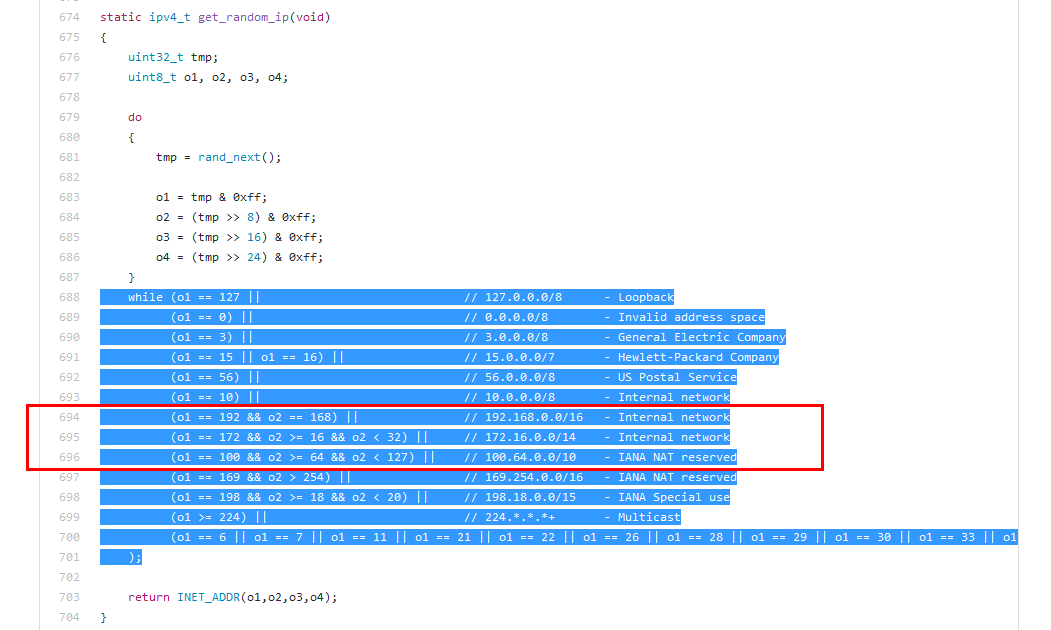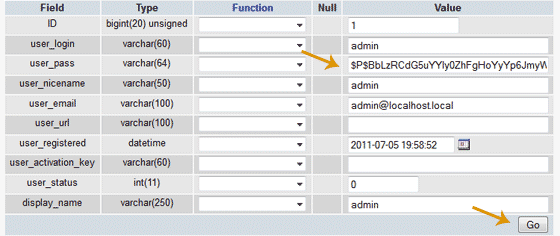

One of the most useful library tools is the csdbg::plugin API. Shell variables that configure the library at runtime and a host of other useful

Track threads and lookup process symbols, to process command line arguments and (via ethernet or serial media) to a remote debug workstation, to The library exports (through its namespace, csdbg) a rich userĪPI to create and process stack traces, to store them to files or send them The library API can easily be used as the base for your own instrumentationĬode. With 32 and 64 bit systems and with both big and little endian architectures. Well-known objective code file formats (a.out, elf, coff, ecoff e.t.c), works Relocatable, position independent, DSO symbols). Signatures and binds function names to runtime addresses (even for Libcsdbg transparently loads the symbol tables of the executable and ofĪny chosen dynamic shared objects, demangles function symbols to complete Stack trace and print, store or process the trace data any way seem fit. Thrown and does not unwind, so the libcsdbg user can obtain the exception The stack simulator detects there is an exception being Unwound until a catch section is found or until the process aborts, because of When an exception is thrown the actual thread stack is The compiled code is then linked with libcsdbgĪt runtime, libcsdbg uses these functions to transparently simulate theĬall stack of each thread of execution within the debugged process, adding only _cyg_profile_func_exit) at the beginning and end of all the instrumented Inject calls to the instrumentation functions ( _cyg_profile_func_enter, To implement this withĬode generation features, to inject code for function instrumentation.Ĭompiling code with the -finstrument-functions flag, commands g++ to

In Java, method can provide thisĪdditional exception information, because the Java language is interpreted, not It's difficult to make it generic and portable.It can't function with STL exceptions and intrinsic types.It needs lots of code to keep track (the exception objects must have small footprint).Object, this has several drawbacks, namely: Although much of this information can be embedded inside the exception That the exception followed from the throw point up to the point where it wasĬaught. It's essential to know at runtime, where in the codeĪnd under what circumstances the exception was thrown and also the path In an object oriented programming paradigm, it's usually not enough to catch and It canĪlso prove a great tool to detect and resolve deadlocks. Terminating signals (such as SIGSEGV) or process abortion/termination. This is useful in cases of fatal errors, reception of Process, or create a dump of the call stacks of all threads as a snapshot Stack traces of any thread, at any given moment during the execution of a Additionally, libcsdbg helps the developer/tester create sophisticated Object ( DSO - Dynamic Shared Object) and with any statically linked Multi-thread (or multi-process) programs, with any dynamically linked shared Libcsdbg will perform flawlessly with single-thread and The traces are fully detailed with demangled function signatures andĪdditional addr2line information (the source code file and line that eachįunction was called). Propagated up the call stack, unwinding it, up to the section were it was When an exception is thrown, caught and handled, libcsdbg offers the tools toĬreate, process and output the exception stack trace, the path the exception has

If you need to rename several files at once, this is the application you have always been looking for.Project libcsdbg is a C++ exception (and generic) stack tracer. If you need to frequently rename files, Name Mangler is a good value, and you can try it for free for the first 25 launches. This app even lets you save configurations as droplets, so you can execute the same set of renaming rules again and again with a simple drag and drop. Name Mangler also offers an Advanced option that lets you define your own renaming rules, combining the standard options and letting you describe new file names as expressions-and the ability to use regular expressions gives you almost limitless possibilities. Name Mangler gives you a clean, intuitive interface for numbering sequentially, finding and replacing, changing case, setting extensions, adding prefixes and suffixes, and removing and inserting characters. This excellent little utility (formerly known as File List) can help you rename multiple files at the same time, in just about any way that you can imagine-for example, if you want to name a bunch of photos in a sequence or change some PC files from ugly all caps over to lowercase.


 0 kommentar(er)
0 kommentar(er)
